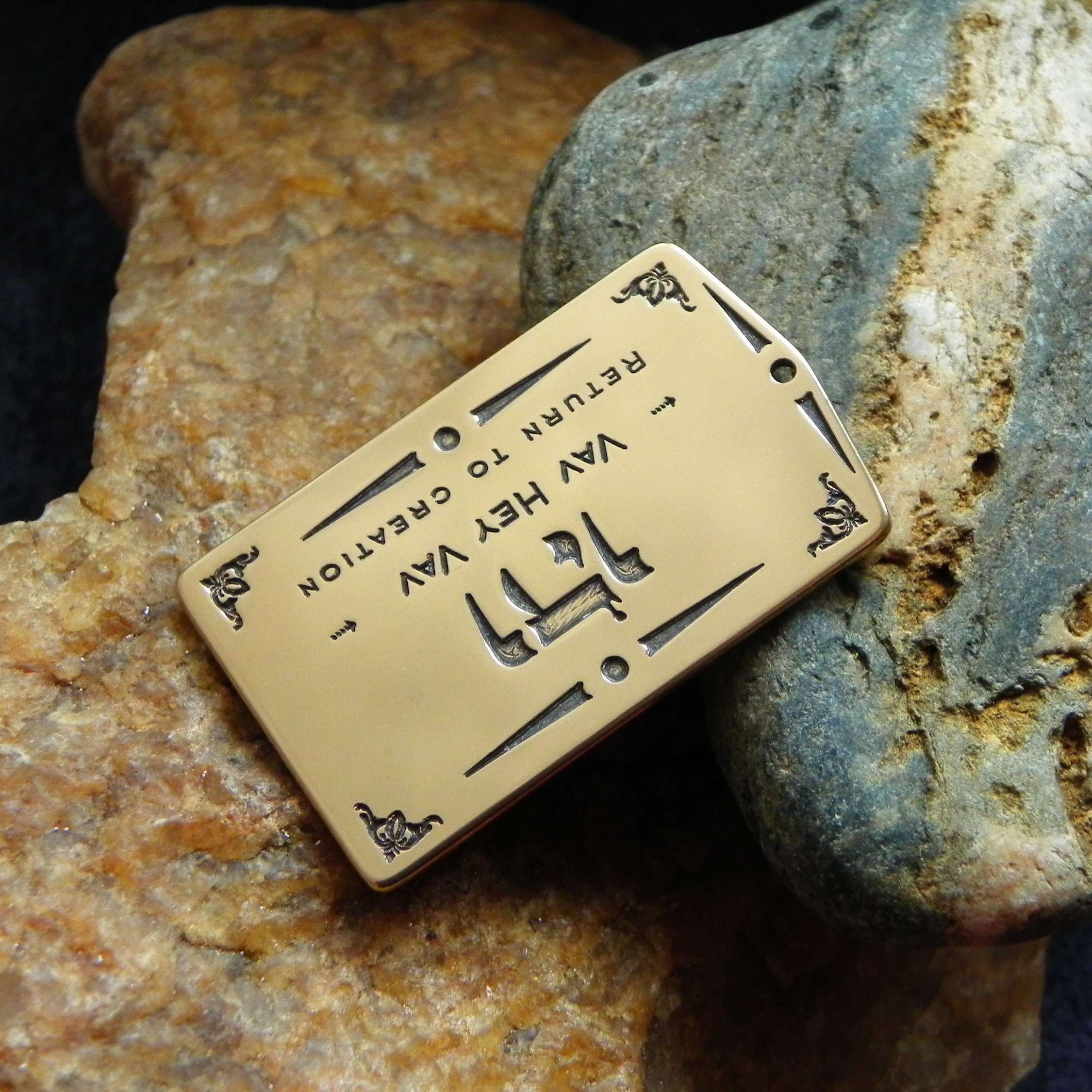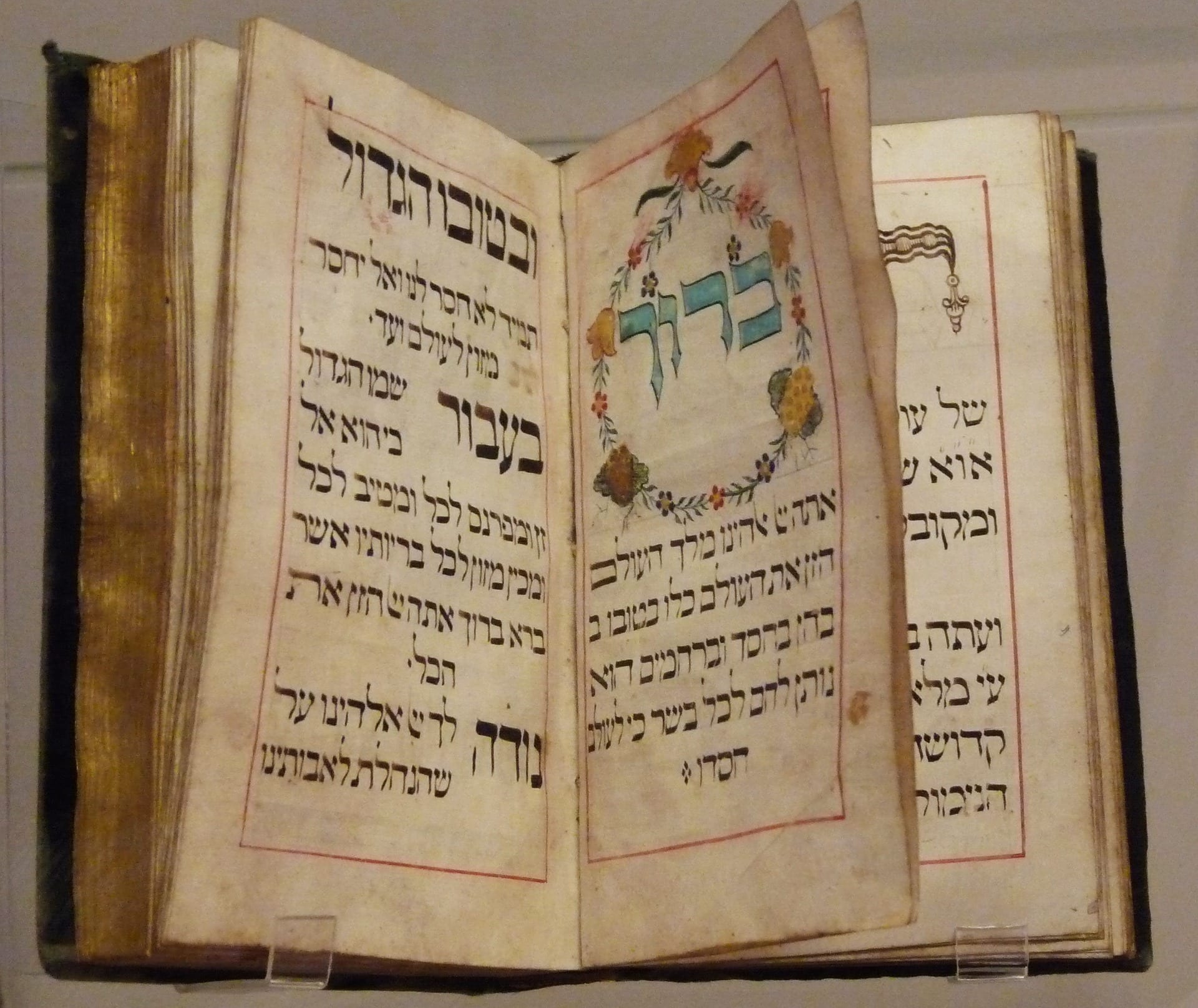
I'd conjecture that Batak scribes likely saw left-to-right as the canonical "correct" orientation of the writing, but wrote bottom-to-top for strictly practical reasons. It is written and read from left to right as the English. The reason it's usually read left-to-right is likely due to the fact that it's a Brahmic script, which are universally left-to-right scripts. Tigrinya is written in the Geez script, originally developed for the now-extinct Geez language. Bottom-to-top is the only practical way of carving in this situation. Top-to-bottom would likely result in the scribe slipping and stabbing him or herself in the belly. Carving sideways in this position is incredibly unwieldy, ruling out left-to-right or right-to-left. Being that Batak people traditionally sat on the ground rather than in chairs, the most logical way of carving it would be to place the piece of bamboo in one's lap facing upwards. Tav has the same sound as Tet like the 'T' in 'tango'. Sin makes the 'S' sound, like Samech and Tsadie.

This is due to the fact that it was traditionally written by carving with knives on bamboo. Shin and Sin only have one difference: Sin has a dot over the line furthest to the left, and Shin has a dot over the line furthest to the right. However, it's usually read left-to-right, so scribes wrote bottom-to-top, but readers would then take the written materials and turn it 90° clockwise to read it. I've spent some time digging through the specification, but haven't found anything that fits.The Batak script is traditionally written bottom-to-top. My book has several page-sequences (one per chapter), so I can't use that. This has the axf.reverse-page custom property, but this only works within one page-sequence.

Is hebrew read right to left or left to right pdf#
After generating the PDF, I can reverse the page order of the PDF in Acrobat.īut is there a way to specify the correct page order in XSL-FO? In general, the passage of time is depicted as left to right for LTR languages, and right to left for RTL languages. It is written in Hebrew characters and consists primarily of Castilian.

Now I could create a new layout-master-set for RTL languages to get the binding on the right side. Storing the Torah in a hard wood case and reading it upright, whereas Ashkenazim. is there so I can print a multilanguage book with LTR languages at the front, and RTL languages at the back.

In right-to-left (RTL) languages, this is reversed: books are made with the binding on the right side. Ancient Jewish mystics, on the other hand, generally feel that writing from right to left occurred because the right side is given precedence in Judaism. When you read the book in order, you flip the pages to the left. The cover page is a right-side page, and a page spread consists of an even-numbered page on the left, and an odd-numbered page on the right. In most languages, books are made with the binding on the left side.


 0 kommentar(er)
0 kommentar(er)
